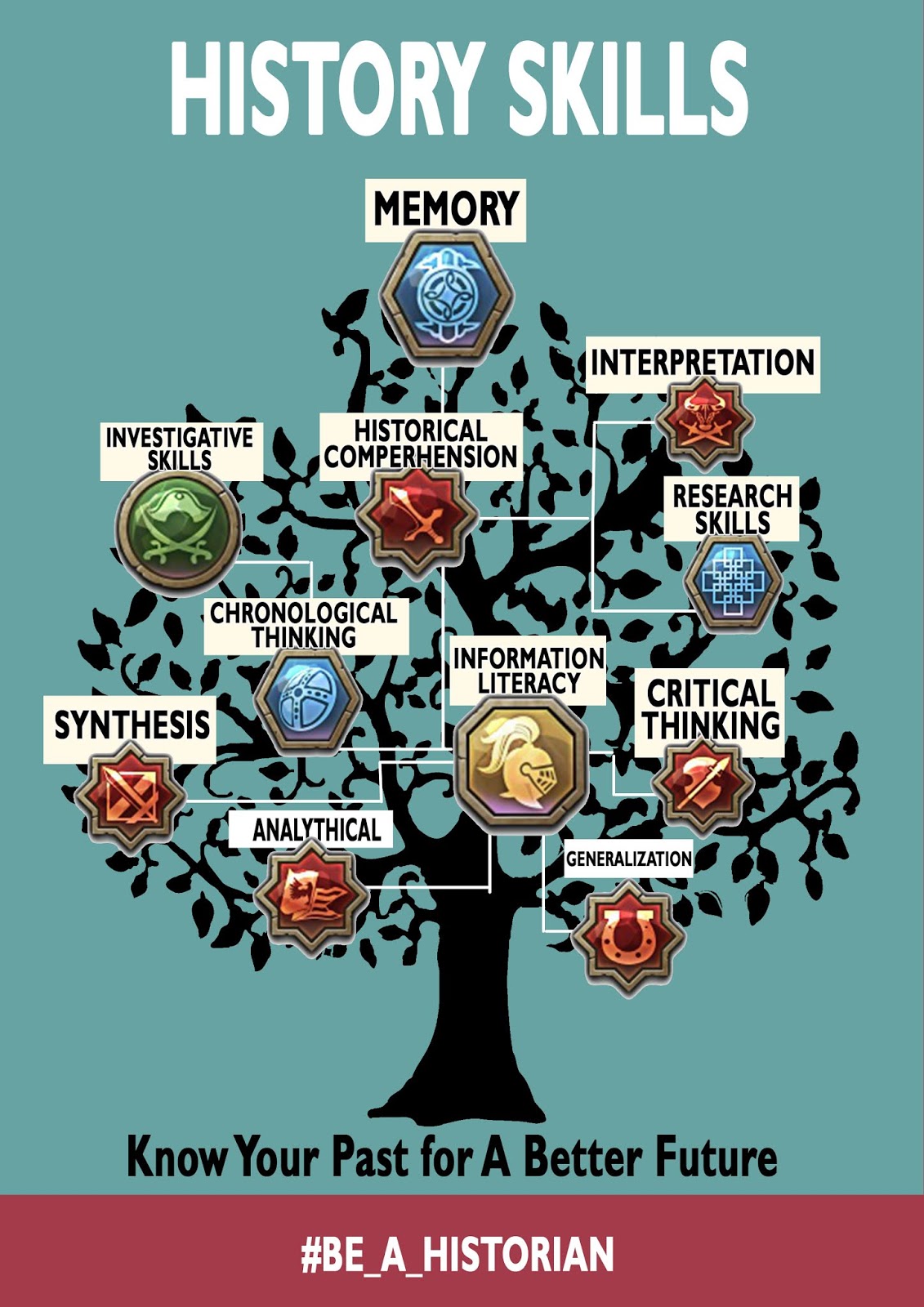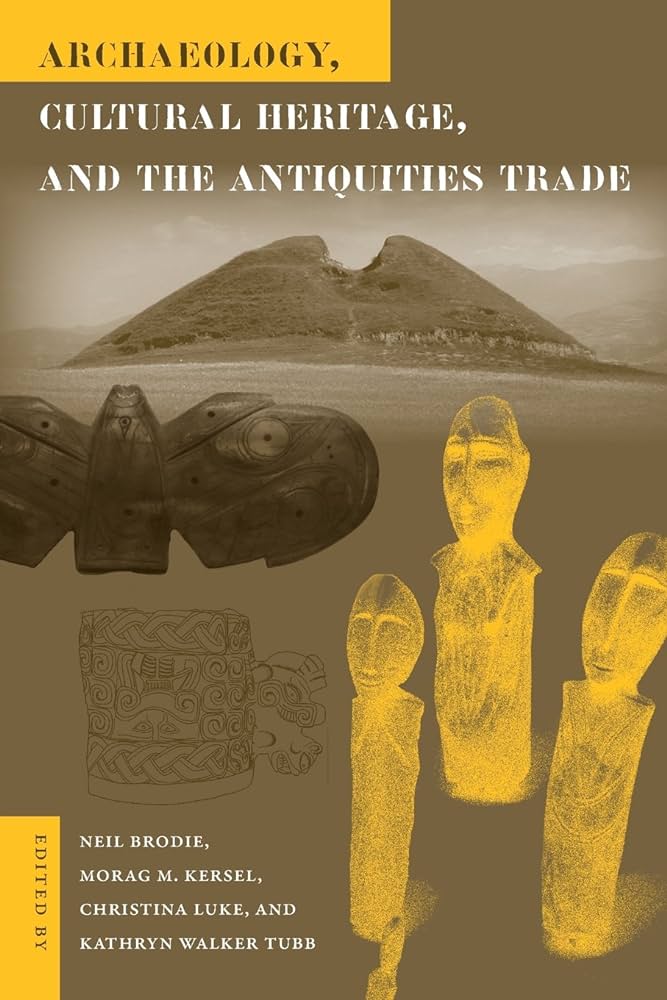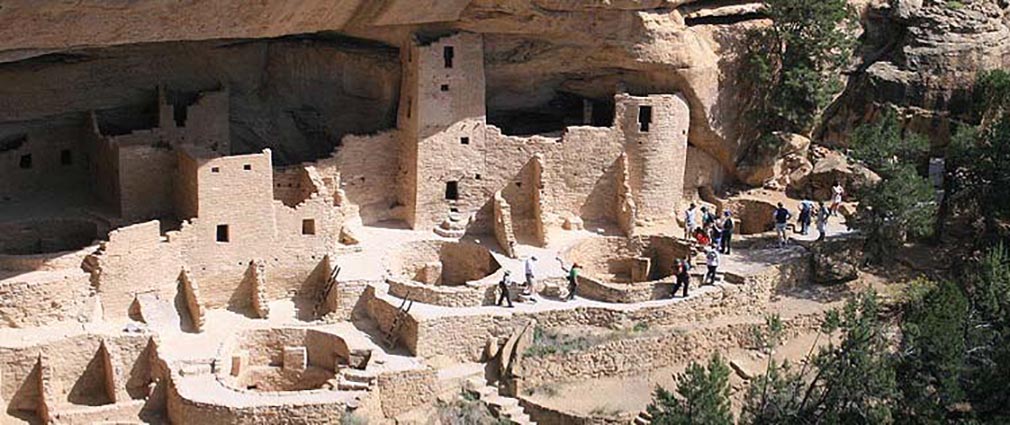Exploring the Evolution of Archaeological Theory
Archaeology is the study of past human societies and their cultures, using the material remains of their activities. Archaeological theory helps archaeologists to understand how those societies and cultures interacted and how they are related to the rest of human history. Since the inception of archaeology as a discipline in the late 19th century, archaeological theories have evolved over time, reflecting the changes in societal contexts, advancements in technology, and new discoveries. In this blog post, we explore the evolution of archaeological theory from its early beginnings to its modern-day interpretations.
The Beginnings of Archaeological Theory
In the early days of archaeology, archaeologists were more interested in collecting and amassing artifacts than interpreting them. The approach was to provide a narrative of the past based on the artifacts they had collected. However, as time went on, archaeologists started seeing the need to develop theoretical frameworks that could help explain the artifacts they had collected.
The Culture-Historical Approach
One of the earliest theoretical approaches used in archaeology is the culture-historical approach. It dates back to the early 20th century and is primarily concerned with defining and classifying cultures based on the artifacts they produced. The major premise of this approach is that archaeological cultures had distinct chronological and geographic boundaries that were relatively stable over time.
Processualism
The processual approach, also known as New Archaeology, emerged in the 1960s and represented a shift from the static nature of the culture-historical approach. It sought to emphasize scientific methods and variables that could help explain the origins and development of human culture. The processual approach aimed to make archaeology an analytical and objective discipline, much like the natural sciences.
Post-Processualism
The post-processual approach emerged in the 1980s and was a reaction to the limitations of the processual approach. It emphasized the role of individuals and their interactions with material culture, rejecting the idea that culture operates independently of individuals. The post-processual approach also recognized the interconnectedness between societies and their environments, highlighting the importance of social context and ideology in the interpretation of the past.
The Current State of Archaeological Theory
With the advancement of scholarship, archaeology embraced multidisciplinary approaches, such as cognitive archaeology, which focuses on the study of how humans think, and feminist archaeology, which aims to highlight the role of gender and its impact on the past. In the present day, digital and computational methods offer exciting new possibilities for archaeological theory and practice, allowing researchers to analyze large data sets and conduct simulations that provide new insights into the past.
Conclusion
Archaeological theory has evolved considerably over the past century, reflecting changes in society, technology, and knowledge. From its initial focus on collecting artifacts to being a scientific discipline that creates interpretations of past societies, archaeology has come a long way. It is exciting to see how archaeology, in conjunction with other disciplines, is advancing our understanding of the past and providing new insights into the human experience.











